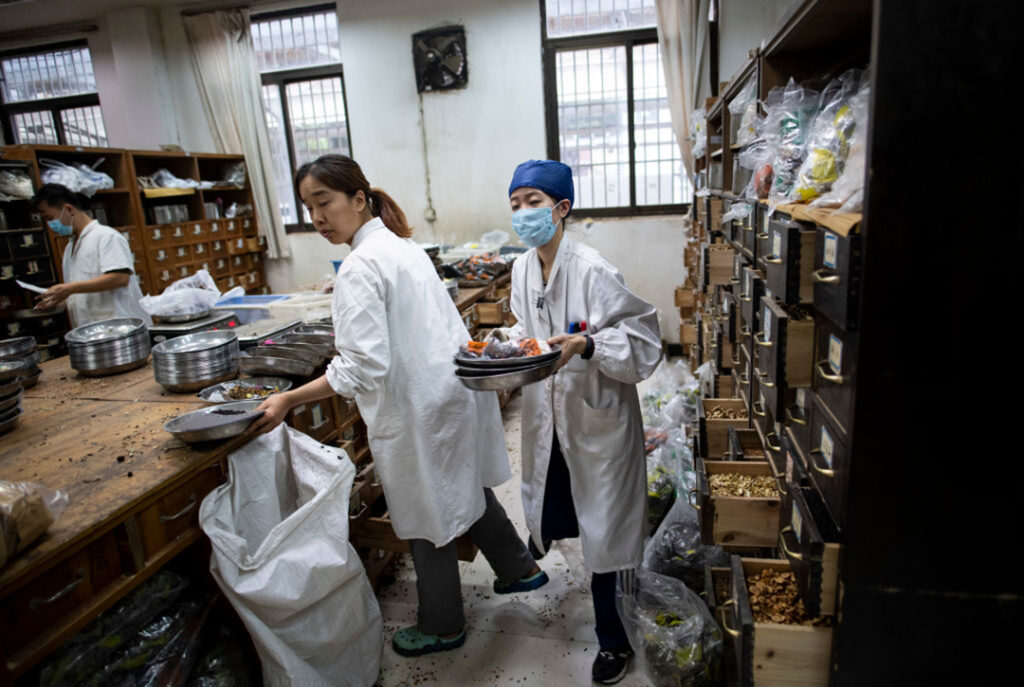ADF STAFF
In the wake of the COVID-19 pandemic, China rushed to ban consumption of wild animals such as those found for sale in the Wuhan “wet market” where the virus first was reported.
But changes to the country’s Wildlife Protection Law leave open loopholes that still allow the farming of wild animals such as bears, pangolins, civets and bats for use in traditional Chinese medicine (TCM). The law also allows wild animals to be kept as pets and killed for furs and recategorizes certain wild animals as livestock, making them exempt from the consumption ban.
As a result, the changes do little to prevent another cross-species pandemic like COVID-19, according to Peter Li, a professor at the University of Houston and a China policy specialist at Humane Society International.
“Even though China has shut down trade and farming for the exotic food market, the country’s wildlife farming operation remains big and in a mode of production that can be a breeding ground for another pandemic,” Li told ADF.
Fur-animal farms and TCM animal breeders keep animals in close confinement, which allows diseases to spread quickly, Li said.
Minks, for example, have been recategorized as livestock, exempting them from the Wildlife Protection Law. European researchers discovered late last year that farmed minks can contract COVID-19 and spread it to people.
And although people can no longer legally eat blue peacocks, they still are sold for entertainment or other purposes.
For decades, China encouraged farmers to capture wild animals and breed them for sale to lift rural areas out of poverty. Doing so has opened people and domesticated animals to unknown diseases that exist in wildlife and for which humans have no resistance. SARS and COVID-19 are two examples of this.
A 2017 report by the Chinese Academy of Engineering put the value of China’s wildlife farming industry at more than $70 billion. At the time, it employed 14 million people.
The 2020 wildlife law also continues to make an exception for “captive-bred offspring,” which lets wildlife farmers continue to raise animals for TCM and other uses.
“The inclusion of this concept was a huge concession to the country’s powerful wildlife business interests,” Li said.
As a result, while China has an estimated 4,000 tigers living in the wild, it has 6,000 tigers living in captivity, bred for use in TCM.
The captive-bred offspring list also includes bears raised for their bile, a key ingredient in an officially promoted, but unproven, TCM treatment for COVID-19.
The Wildlife Protection Law also still allows trade in bats — the suspected original source of COVID-19 — whose feces, known as ye ming sha, is used to treat eye problems. Dried bat body parts also are used as part of a detox remedy.
“Both practices could be highly risky in case an animal was infected with a coronavirus, particularly the first use, as the virus can be present in feces and can enter a host via the eye,” researcher Trudy M. Wassenaar wrote in a report published by the Society for Applied Microbiology in 2020.
The conditions of wildlife markets, where different species often are stored together, can lead to viruses jumping between animals on their way to humans. SARS, for example, moved from bats through palm civets before reaching humans more than 15 years ago. COVID-19 is suspected to have followed a similar path from bats to humans through an intermediate host.
Handling bats creates the opportunity to transmit diseases to humans, according to Wassenaar.
“Even when the selling of live wild animals at food markets would be completely prohibited in China,” Wassenaar wrote, “the trading and handling of bats for traditional medicinal practices would remain a serious risk for future zoonotic coronavirus epidemics.”

